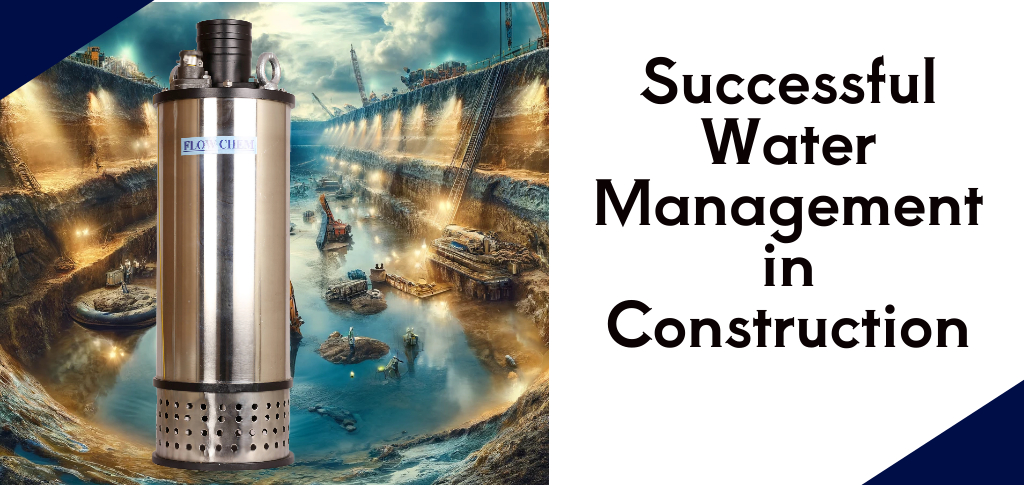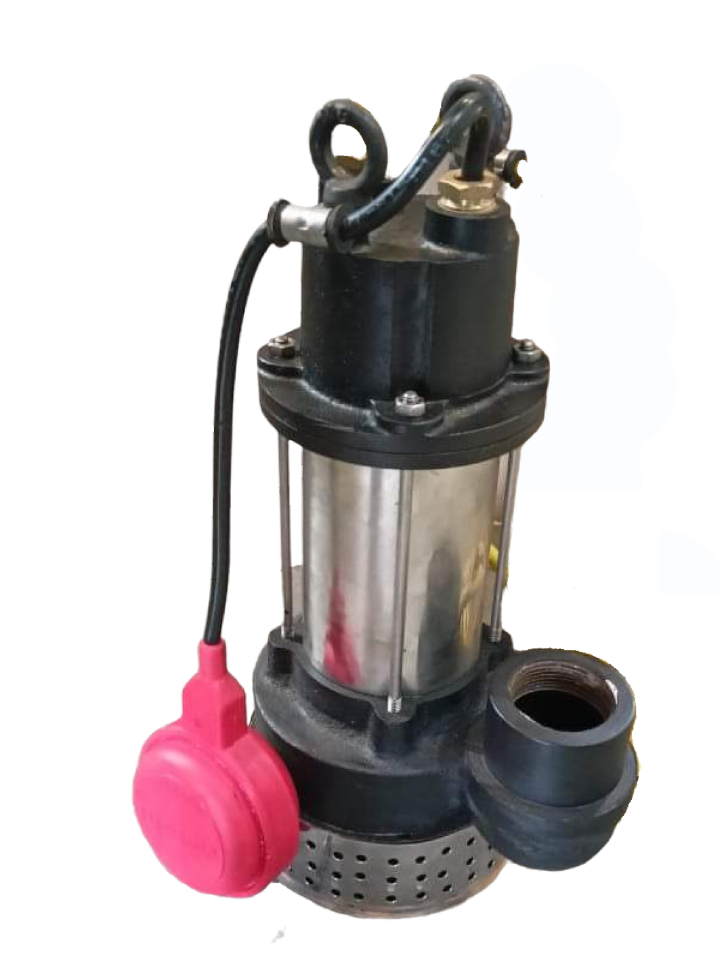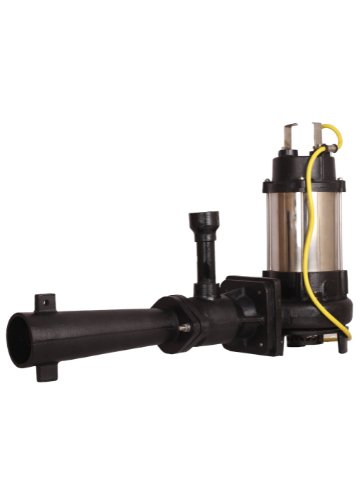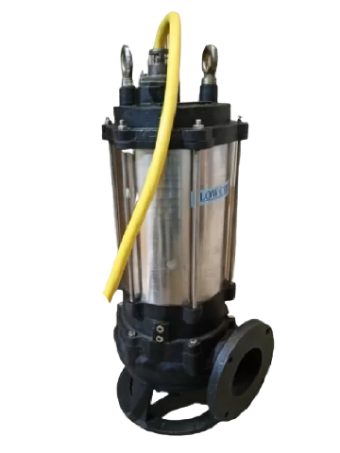Successful Water Management in Construction with De-watering Pumps

In the Successful Water Management in Construction, effective water management is paramount, not only for ensuring the structural integrity of the projects but also for adhering to environmental regulations and minimizing ecological impacts. Central to this process are dewatering pump, which provide a robust solution for managing groundwater and surface water in a variety of construction scenarios.
Choosing the Right Dewatering Technique
Selecting the appropriate dewatering technique is crucial and largely depends on the specific conditions and requirements of the construction site. Here’s an overview of different pumps used based on the site needs:
- Submersible pumps are ideal for removing water from deep excavation sites. Their design allows them to operate efficiently while completely submerged, handling large volumes of water and accommodating varying water levels.
- sludge pump are designed to pump heavy, viscous fluids including sludge. In construction, these pumps are crucial for sites where water is heavily mixed with solids, ensuring that the dewatering process does not stall due to clogged machinery.
- In urban construction projects involving wastewater, submersible sewage pump are necessary. These pumps are specifically engineered to handle raw sewage, preventing blockages and environmental contamination.
- Cutter Pump play a vital role in sites where the water contains larger solid pieces. These pumps are equipped with a cutting mechanism to reduce the size of solids before pumping, thus avoiding the clogging of the system.
Case Studies: Demonstrating Success in Diverse Conditions
- Infrastructure Construction near River Humber: This project utilized submersible pump 1 hp for small-scale dewatering without disrupting the nearby aquatic ecosystems, thus preventing saline intrusion into the river.
- Glasgow Microtunnel Project: Unexpected geological conditions like boulders and silty sands necessitated the use of drainage pumps. These pumps were critical in managing the groundwater and ensuring the stability of nearby critical structures such as railways and bridges.
- NCS Fluid Handling Systems Large Construction Site: At this extensive site, dewatering pump submersible units were crucial. They helped maintain effective groundwater levels across a large area, ensuring safe and stable conditions for deep excavation activities.
The Science of Dewatering: Matching Techniques to Site Conditions
Dewatering is not a one-size-fits-all solution. The choice of technique and equipment is dictated by specific site conditions such as soil type, depth of the water table, and proximity to sensitive ecological zones.
- Submersible pumps: These are the workhorses of dewatering, used in a variety of settings from simple to complex. Their ability to operate while submerged makes them ideal for situations where water accumulation is significant and needs to be managed continuously.
- Sludge pumps: Essential in conditions where the water is laden with solids, sludge pumps can move thick, viscous mixtures. Their robust design prevents the pump mechanism from clogging, ensuring that even the heaviest of sludge can be moved efficiently.
- Submersible sewage pumps: Specifically designed for handling sewage, these pumps are equipped to deal with raw and unfiltered waste. They are crucial in urban construction environments where sewer lines might be affected by site activities.
- Cutter pumps: When the water contains fibrous materials or large debris, cutter pumps come into play. These pumps feature a cutting mechanism at the inlet, slicing through debris to prevent blockage and maintain a smooth operational flow.
Real-World Applications: Case Studies of Successful Water Management in Construction
Infrastructure Construction near River Humber
Utilizing submersible pump 1 hp, this project involved meticulous planning to avoid affecting the local aquifer and river systems. The small yet powerful pump allowed for precise control of water levels, ensuring that the nearby river ecosystem remained undisturbed.
Glasgow Microtunnel Project
Faced with challenging ground conditions, the project team employed drainage pumps to handle unexpected water and sediment ingress. This adaptation was crucial in stabilizing the site, thus protecting infrastructure like nearby railway lines and bridge foundations from potential damage.
NCS Fluid Handling Systems Large Construction Site
In this extensive project, engineers used a combination of dewatering pump submersible and wellpoints to create an effective water management system. This setup ensured that even with variable soil conditions and large-scale excavations, water levels were controlled efficiently, preventing any delay in project timelines.
Conclusion: The Importance of Advanced Dewatering Practices
Effective water management through advanced dewatering techniques is essential for successful construction projects. It ensures compliance with environmental standards and enhances the safety and efficiency of construction operations. The use of specialized pumps, such as submersible dewatering pumps, plays a critical role in this process, demonstrating the importance of selecting the right equipment for specific project needs.



